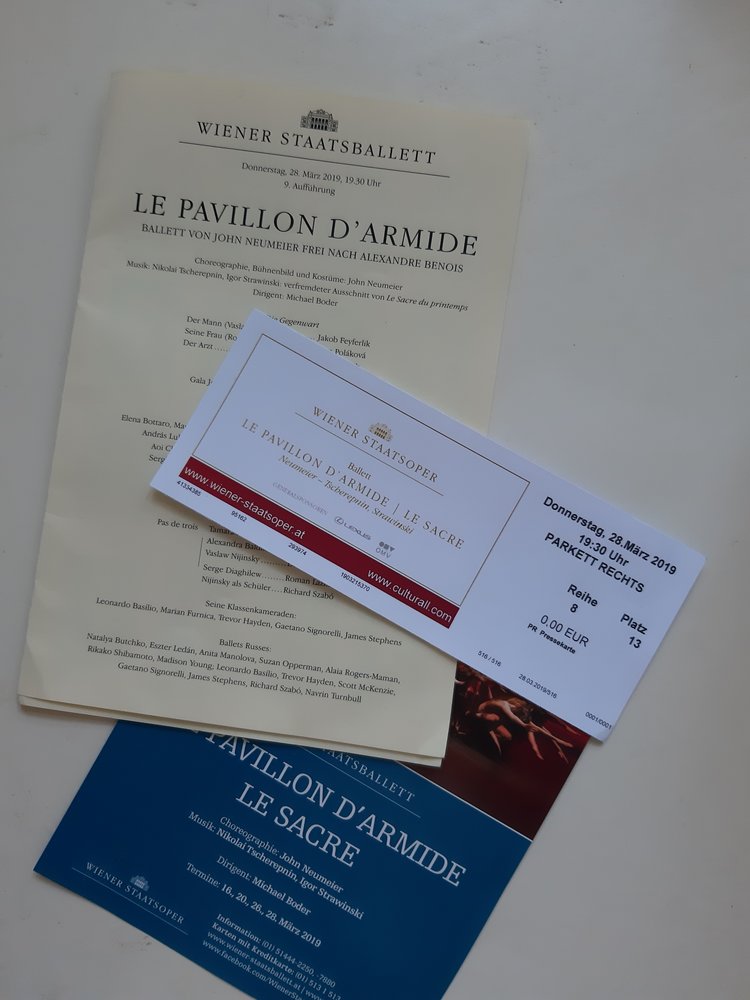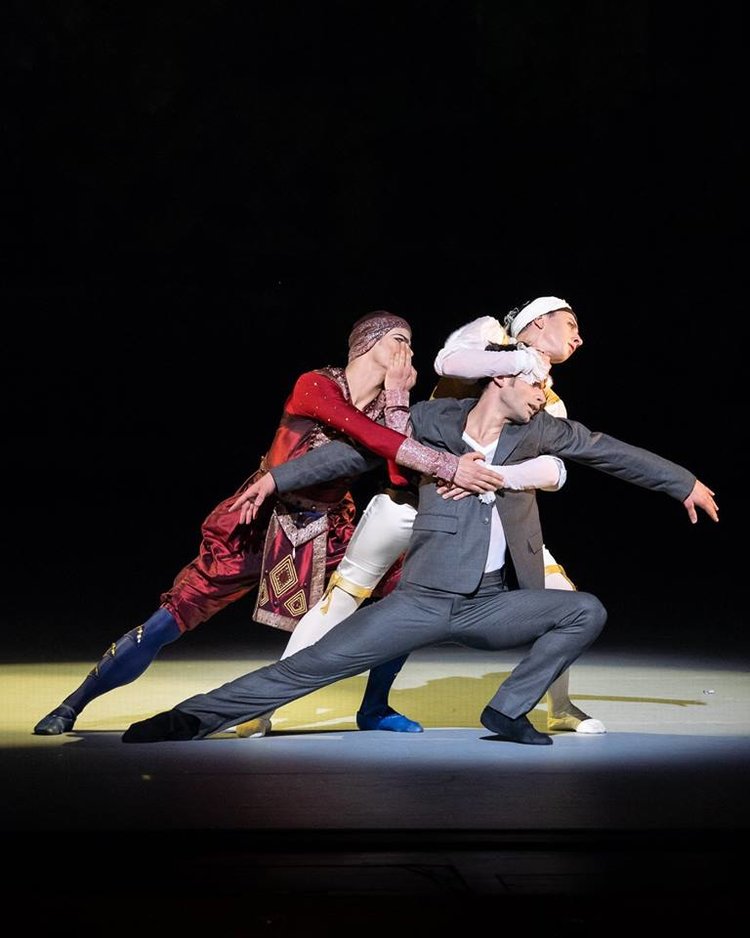Tcherepnin Fantastic Ballet(op.2)
December 20, 2020





Nikolay Tcherepnin was born 5/3/1873 in Isbork an ancient town in the Pskov province in an estate that had been passed down to them by grandfathers to their father who was an active doctor in the city. He was the doctor who treated Dostoevsky during his last illness and knew Mussorgsky with Tcherepnin eventually editing and orchestrating Sorochinsky Fair for him. Both his son Alexander and his grandson Ivan were composers having done recordings for Olympia, Grand Piano, and Naxos.
Nikolay time-wise was in the 19th and 20th century so he fell under romantic, impressionism, and modernism so there was a combination of all three, Rimsky-Korsakov being the teacher. He also had a fondness for Tchaikovsky, Liadov, Stravinsky, and Prokofiev. Nikolay was the first in Paris to do The Golden Cockerel, and the following year his very own Fantastic Ballet ( takes place during the reign of Louis XIV) being performed by Diaghilev Ballets Russes, a first being staged by Mikhail Fokine from the short story Omphale. He was eventually replaced by Stravinsky as a composer of choice certainly a far more biting quality than Tcherepnin but how do you compete with the triad of Firebird, Petrushka, Rite of Spring even though his ballet had greater popularity than the Stravinsky ballets.
His most famous work Le Pavillon d’Armide was composed in 1903 and first performed at the Marinsky Theater in 1908 before premiering the Diaghilev in 1911. He also premiered Kikimora and Enchanted Lake for Liadov, two popular tone poems in 1909.
Le Pavillon d’Armide” Introduction and First Theme” opens with a drumroll followed by a powerful forceful theme from the strings and orchestra. It is said that the Marquis Susanne de Fierbois soul is represented by a Gobelin tapestry. As the theme continues a harp provides harmony and a second theme is introduced she appears to smile and the tapestry glows as a crescendo is reached. The original theme is repeated with the woodwinds carrying the melody followed by the violins. The tuba ends the track with a fine solo.
“Dance of the Hours” is performed by twelve dancing boys in gold and silver who come out and then disappear back into Saturn, an old clock. The music is bright and cheery Tchaikovsky ballet like with an upbeat theme that provides excellent background music for the dancing boys.
“The Goblein Tapestry Comes to Life” we hear a new theme from the horns with woodwinds harmony as a new French like theme in a Debussy style modernism shifts to one of tension and danger before it settles into calmness with the harp and strings leading the way. The harp plays an important role in this ballet as we will see.
“Armida’s Lamentation” produces music from the tapestry and Armida appears in human form in her garden. The harp offers chords and the strings offer a new melody. The music is bright and upbeat in a major key, a Rimsky-Korsakov type theme.
“Adagio” offers harps for her beloved knight Rinaldo with a new melody from the strings bright, cheery, and full of hope, a good adagio of yearning and some sadness.
“Grand Valse Noble“ is a fine salon type waltz with sweeping music.
“Variation-Allegro” is a series of musical cells of different styles of music with a celeste beginning the track with a sprightly tune followed by the flute and violins. Following is an Allegro followed by a dance and then a vivace with syncopation. To end the track there is a Baroque style music with trumpet calls.
“Little Ethopian Slaves” is similar to the second track with a xylophone carrying the melody.
” Dance of the Armida Ladies is a slow waltz
” Bacchus et la bacchantes” is a frantic dance that is also exotic and vicious The horns loudly play low notes with accompanying from the timpani. The trumpets offer a solo a respite from the savage pounding from the brass.
“Entry of the Magicians and Dance of the Shades ghosts that disappear at the waving of a wand pretty varied music.
“Dance of the Clowns” is yet another style and music not to be confused with circus music. It is a soft horn driven theme followed by flutes and violins. It is tranquil in nature offering a time of tranquility and peace.
“Scarf Dance” is a soft horn driven theme followed by flutes and violins. It is tranquil in nature offering a time of tranquility and peace.
“Pas de deux” returns to the blaring horns not a trait of Tchaikovsky but Rimsky-Korsakov. It switches to a solo clarinet and oboe
“Grand Valse Finale” ends the ballet in grand fashion with a rousing theme. In the theater the things the count thought he saw disappear one by one making him wonder?
Some reviewers who I have read compare this work as a poor imitation of a Tchaikovsky ballet. It lacks the spark. Gramophone comments on the use of a celesta which could have been used at the same time Tchaikovsky included it stating the opposite to be true. Chausson used it in 1888. Is there a patent on the use of musical instruments? Perhaps Tchaikovsky went to school on Tcherepnin? Who knows as it was invented in 1886. I found the recording (complete) to be quite varied in the selections of material and kept my attention for the full sixty-seven minutes. The Olympia recording is only thirty-four minutes plus eight minutes for the suite written as a separate piece, op. 4 instead of op. 2. In this case more is better and I welcome this re-recording of valuable historical material. There was room for the Suite highlights on this CD as track one from the suite is different from the highlights. I admit to getting confused between the two as they are both eight minutes in length but now have it straight in my head.
Available for purchase on 1/15/2021